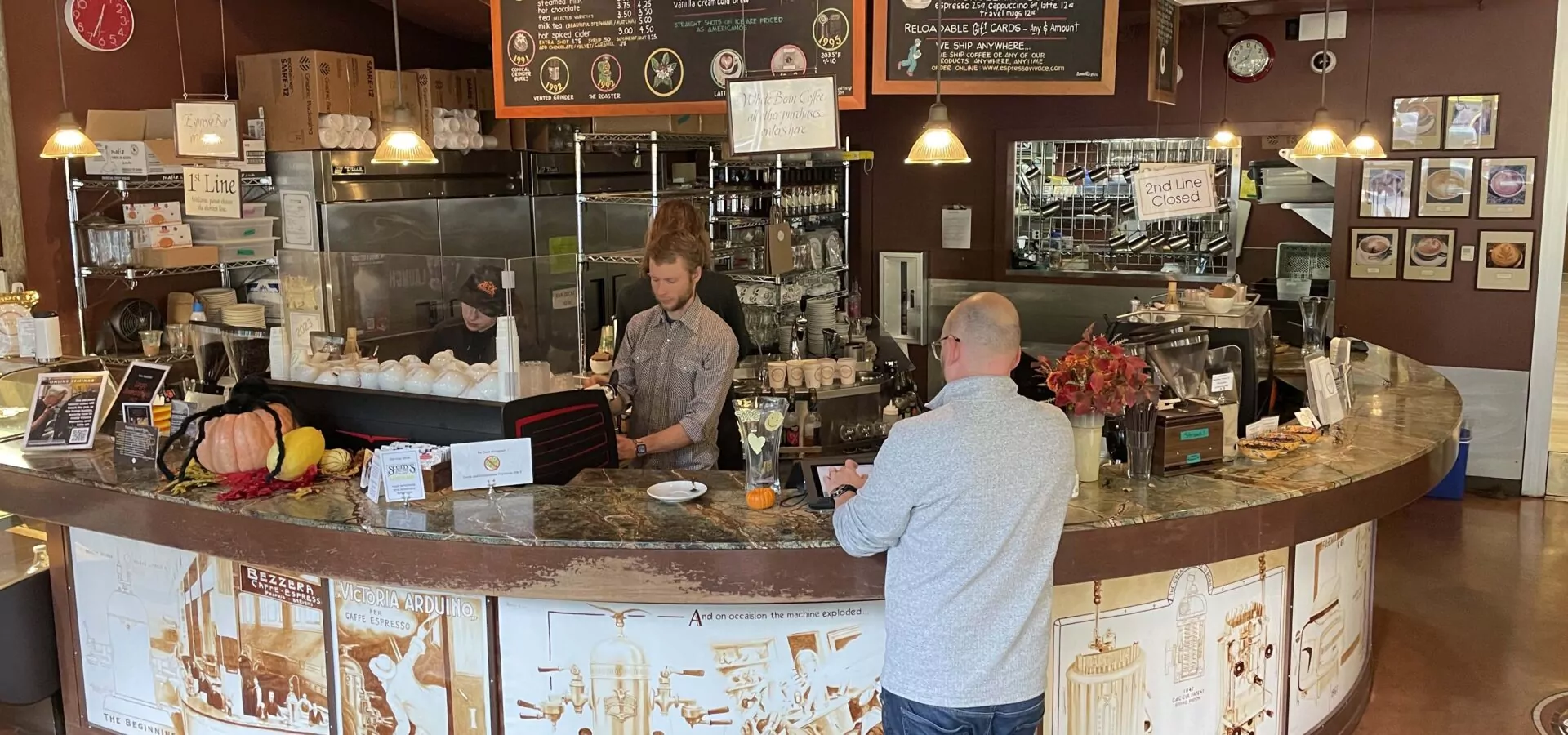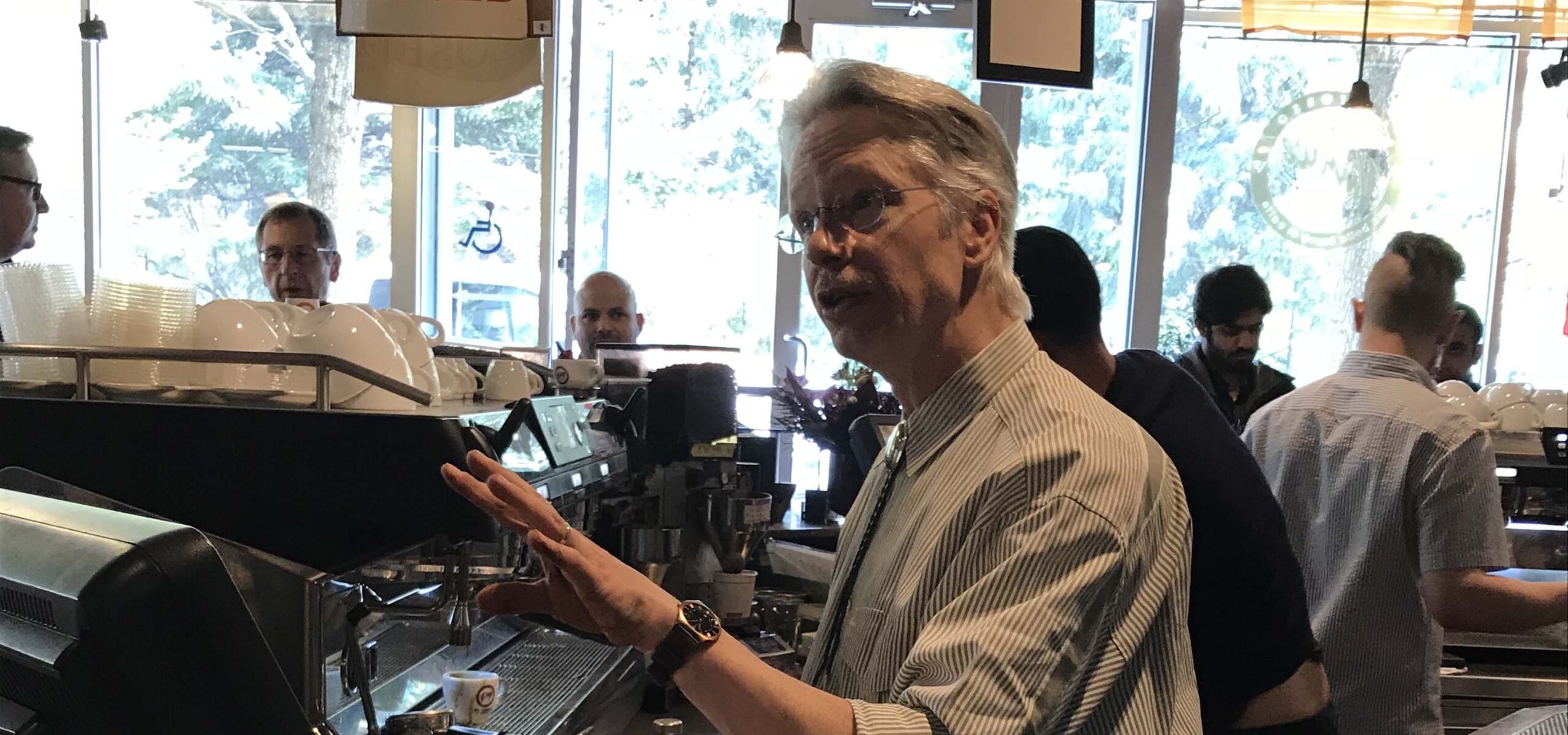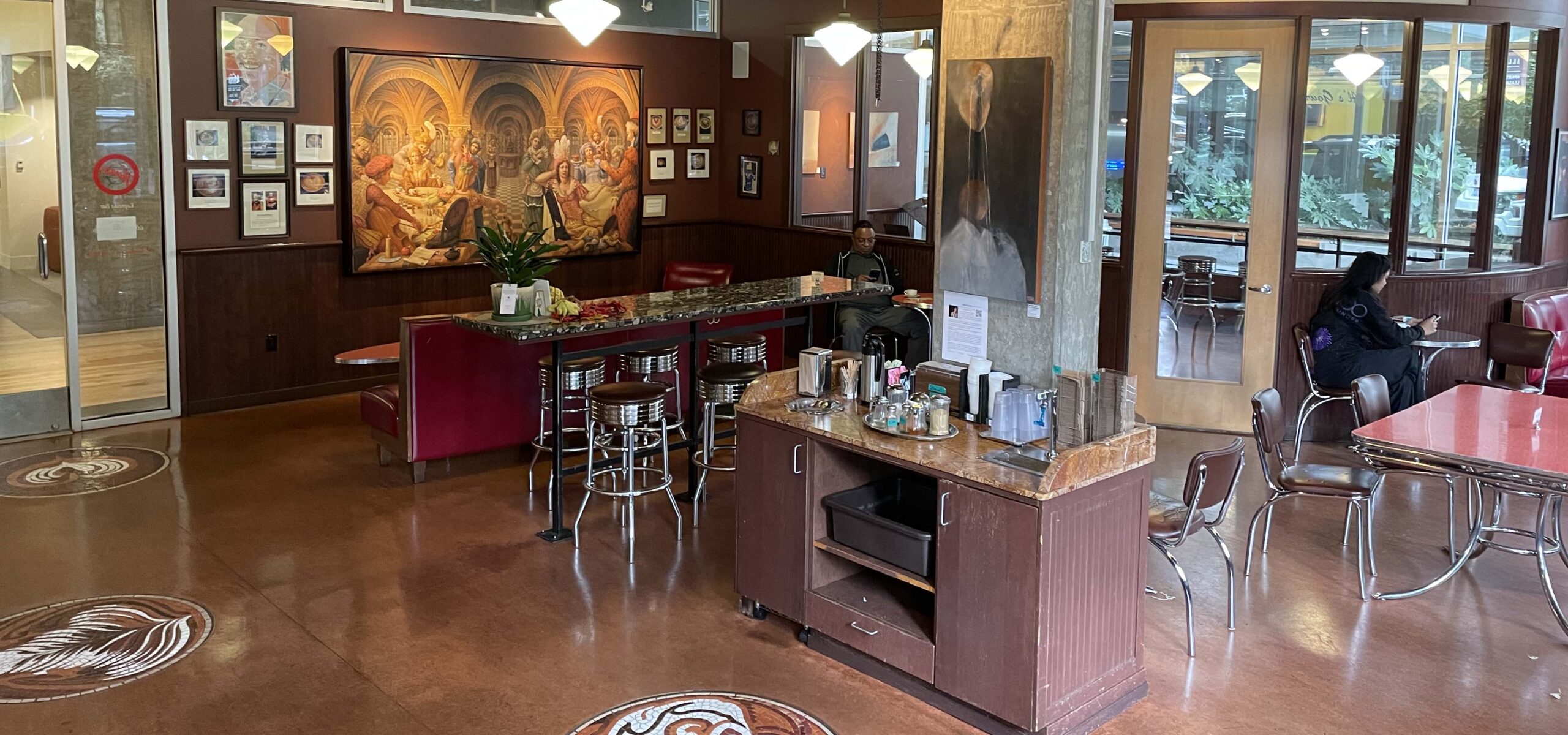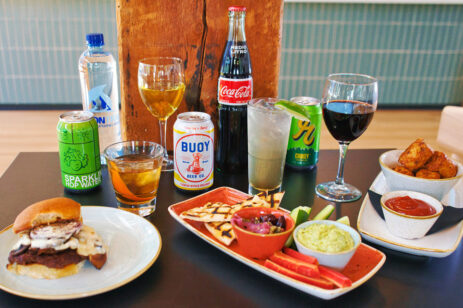Editor’s note: South Lake Union is full of fantastic small businesses, and we’re starting a new periodic series where we share more insight, expert tips, and thoughtful words directly from neighborhood business owners, civic leaders, and other voices of SLU.
Meet David Schomer, owner of Espresso Vivace. David opened the Alley 24 location of Espresso Vivace at 227 Yale Avenue in 2013. If you ever want to meet him in person, you can find him on the bar from 1pm to 2pm most Wednesdays at Alley 24. It’s a family affair — his son Taylor is also a barista at this location. Espresso Vivace Alley 24 is open weekdays from 7am to 3pm and weekends 8am to 5pm and features a full coffee bar and plenty of seating.





